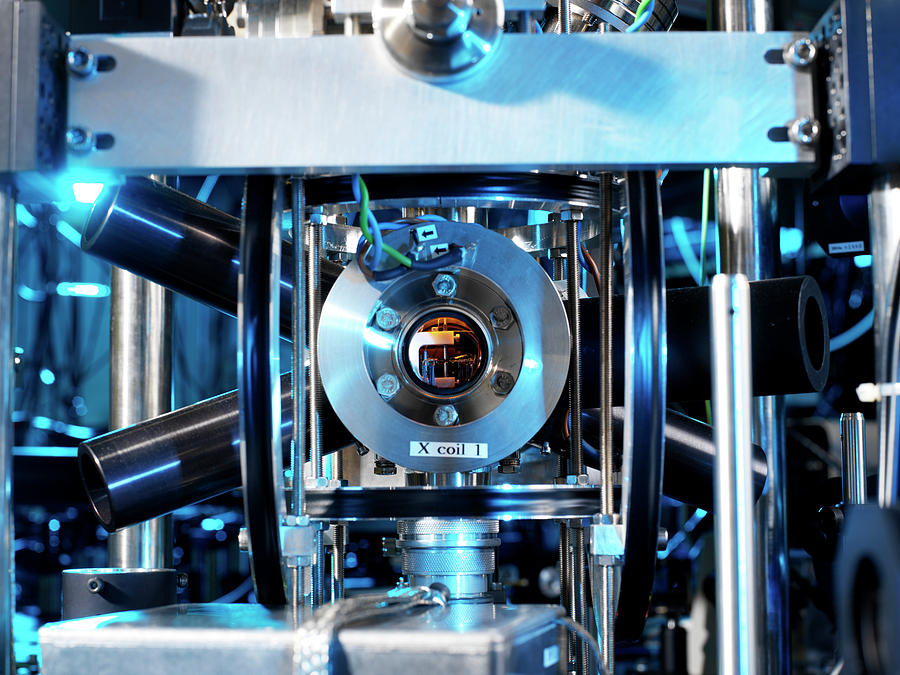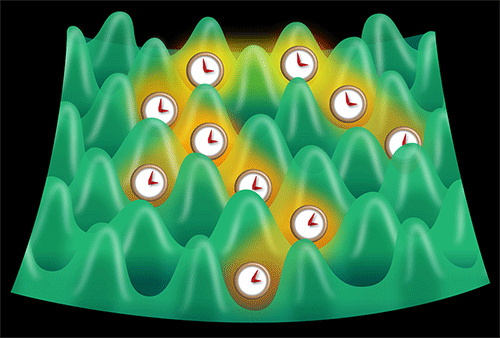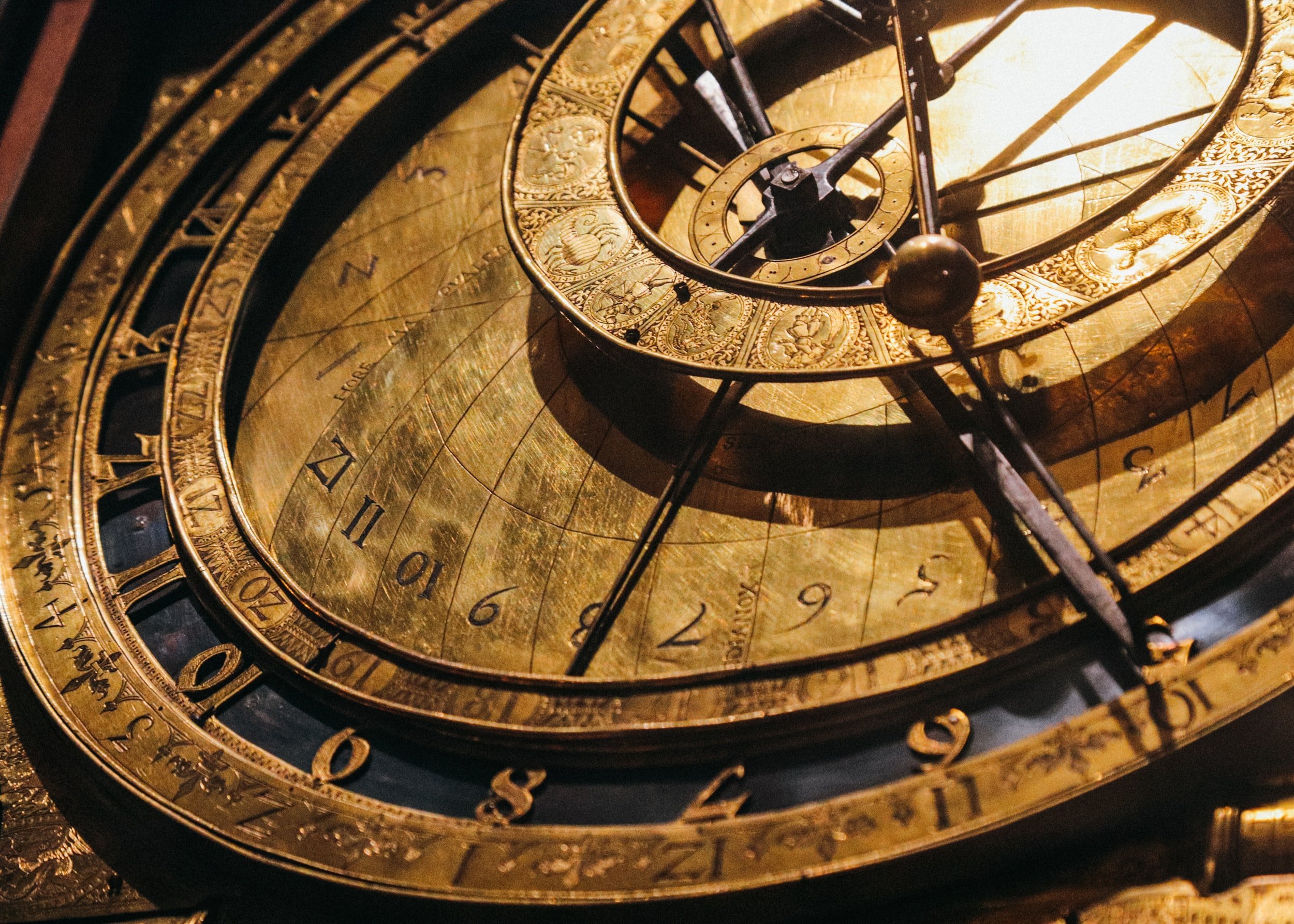

Furthermore, significant physical shocks may occur during transportation. The ambient temperature, for example, is much less stable. Their operation outside a protected laboratory environment, however, poses many challenges. PTB is currently developing several different types of atomic clocks that can each be transported in a trailer or in a container. One of the prerequisites for this is that the optical frequencies of the two clocks can be compared e.g. This so-called “chronometric levelling” represents an important application of clocks in geodesy. What initially sounds like a bizarre idea has quite practical effects and banefits: Two optical atomic clocks having an extremely small relative measurement uncertainty of 10 -18 can measure the difference in height between arbitrary points on the Earth at an accuracy of just one centimeter. It was Einstein who discovered that two clocks that are located at two different positions in the gravitational field of the Earth will tick at different speeds.

The results have been published in Review of Scientific Instruments. PTB physicists have therefore developed a frequency-doubling unit that will even continue to operate when it has been shaken at three times the Earth's gravitational acceleration. A prerequisite for this is that the required lasers can cope with transportation to other locations.
#Aims to optical atomic clocks portable portable
In a significant step forward, some of these new designs of clock can even be transported to other locations.Īt its QUEST Institute, PTB is currently developing a portable optical aluminum clock that is designed to measure physical phenomena such as the red shift, as predicted by Einstein, outside the laboratory. These clocks are no longer based on a microwave transition in cesium, but they instead operate with other atoms that are excited using optical frequencies. At the same time, PTB is already developing various atomic clocks of the next generation. For this purpose, it runs some of the best cesium atomic clocks in the world. SCIENTIFIC PUBLICATION: Demonstration of 4.Good to go: Set up of the optical atomic clock developed at PTB's QUEST Institute.German research center Physikalisch-Technische Bundesanstalt (PTB), Based in Braunschweig, is well known for providing accurate time, such as for radio-controlled clocks.SCIENTIFIC PUBLICATION: Real-time phase tracking for wide-band optical frequency measurements at the 20th decimal place.

TECHNICAL ARTICLE: Ultrastable, ultraprecise, portable: How commercial ultrastable laser systems enable high-end optical clock applications.Using an Atomic Nucleus for Precise Time Measurement.Why would I need an optical frequency comb?įrequency comb based laser systems for optical clock and quantum technology applicationsįrequency-Comb-Enabled Quantum 2.0 Applications Application Notes Record accuracy in optical clock networks Webinars

More information is available in our webinars:įrequency-Comb-Enabled Quantum 2.0 Applications Application News Learn more about optical clocks in our film " Why you need an optical clock". Because of the much higher oscillatory frequency, nowadays optical clocks are outrunning the accuracy of cesium clocks by several orders of magnitude. Such electromagnetic oscillations are multi-THz, in contrast to the present standard cesium clocks that are based on a hyperfine transition at 9192631770 Hz. An optical atomic clock employs a clock transition in the optical or visual regime, typically between 4 nm wavelength.


 0 kommentar(er)
0 kommentar(er)
